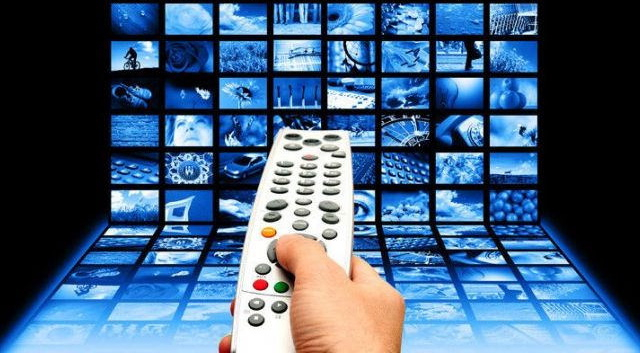An NAB panel on upcoming changes in Digital TV, moderated by NAB vice president of spectrum policy Alison Neplokh, focused on the challenges and promises of deploying ATSC 3.0., or as an increasing number of industry experts are dubbing it, Next Gen TV. Neplokh noted that FCC chair Ajit Pai stated the rules will be in place by the end of 2017, enabling broadcasters to adopt it quickly. South Korea is also going online with ATSC 3.0 next month, allowing U.S. broadcasters to learn from its experiences.
CTA senior vice president, research and standards Brian Markwalter noted that the Next Gen standard is “about 80 percent there.” “All the key information that TV set makers, broadcasters and developers need is pretty much available,” he said. “We’re really quite far along.”
With regard to getting Next Gen TV up and running, GatesAir chief product officer Rich Redmond noted that Sinclair also has ATSC 3.0 stations already on air. “The infrastructure equipment is there,” he said. “There’s a lot of equipment available today. Ask your tech department and manufacturers to have an upgrade path.”
Pearl Television managing director Anne Schelle added that broadcasters are already starting to implement 3.0. “We have to look at consumers first,” she said, pointing out that millennials in particular are watching more video on more platforms, and want a robust service with “seamless navigation, a Netflix environment,” which 3.0 can deliver. She also pointed out that 3.0 has “a lot of synergies with 5G,” for mobile distribution.
“We don’t know where our future is going, but we’ve run the numbers and there’s a positive ROI,” concluded Schelle, who also expressed enthusiasm for ATSC 3.0’s ability to handle VR 360 content.
PBS was a pioneer in the transition from SD to HD, and PBS vice president, technology, strategy & planning Eric Wolf said that his stations are looking at the 3.0 transition much the same way that other broadcasters are. “They feel there’s a tradeoff between the bits they can get out and the channels,” he said. “When there’s more headroom, they’ll feel better.”
In January, PBS launched a multi-platform, 24-hour PBS Kids digital multi-cast with an OTT component. “We’ll also have interactive games built in HTML5, around the digital channel,” he said. “This will be available for households that can’t get or afford broadband.”
Markwalter, however, noted that the transition to ATSC 3.0 is different that the SD-to-HD one. “When we moved to HD, we were pushing the limit of what you could do reasonably well for consumers,” he said. “Flat panels weren’t common. In this go-round, even when the FCC set the bar out pretty far to accommodate services, the silicon is pretty much ready to go, and there’s a great distribution of 4K TVs. We’ll be in a position to transition easily.”


No Comments Yet
You can be the first to comment!
Sorry, comments for this entry are closed at this time.